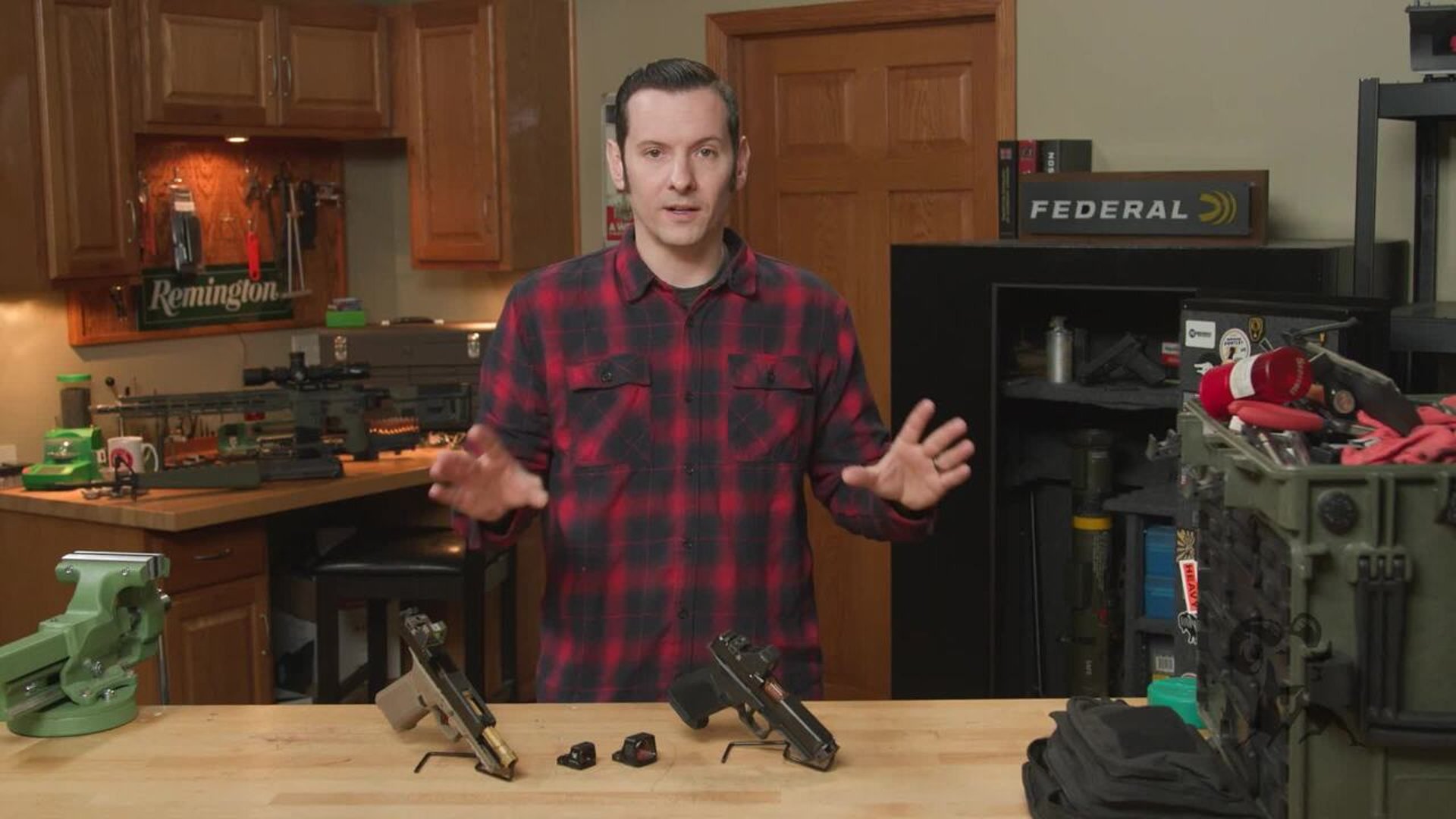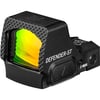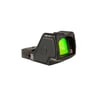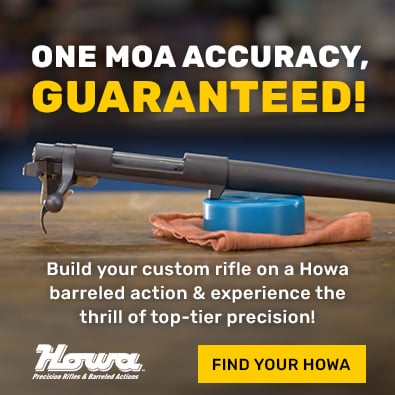Quick Tip: Pistol Red Dot MOA Size
In this quick tip video, Caleb from Brownells dives into the often overlooked, yet important topic of red dot sight sizes, specifically focusing on MOA (Minute of Angle). Whether you're buying your first red dot or upgrading an existing setup, understanding how dot size affects your shooting performance is essential. Caleb breaks it all down so you can make an informed decision based on how you use your firearm.
What You Will Learn
In this quick tip video, viewers will learn how red dot sight sizes—measured in MOA (Minute of Angle)—affect shooting speed and precision. Caleb from Brownells breaks down the pros and cons of smaller vs. larger dot sizes, helping you choose the right option based on your firearm's purpose, whether for concealed carry, competition, or range use.
Benefit
Watching this video will give you the knowledge to make a confident, informed red dot purchase that fits your shooting style and improves real-world performance.
Introduction
Caleb kicks things off by clarifying the purpose of the video: it’s not to overwhelm viewers with information, but to give just enough insight to help make an educated buying decision—ideally with Brownells, but useful wherever you shop.
What is MOA?
When shopping for red dots, you’ll often see the dot size listed in MOA, or Minute of Angle. Caleb explains that MOA is an angular measurement used in shooting to describe the spread or coverage of a red dot at a given distance.
To put it simply:
- 1 MOA = roughly 1 inch at 100 yards
-
So, if you have a 1 MOA red dot, the dot will cover 1 inch of your target at 100 yards.
That size increases proportionally with distance. At 25 yards, a 1 MOA dot covers about ¼ inch, and at 200 yards, about 2 inches.
Dot Size Options and Common Ranges
Caleb points out that most red dots designed for handguns come in sizes ranging from 3 MOA to 8 MOA, though smaller 1 MOA options exist, especially for rifles or long-range shooting.
He explains that dot size impacts your shooting speed and accuracy:
- Smaller dots (3 MOA and under): More precise, but slower to pick up, especially under stress.
-
Larger dots (5-8 MOA): Faster to acquire, great for defensive use and close-range scenarios, but may obscure small targets.
Choosing a Dot Size for Concealed Carry
If you’re carrying a pistol for self-defense, Caleb recommends a balanced dot size, typically around 5 or 6 MOA.
This size gives you the best of both worlds:
- Quick target acquisition at close range
-
Sufficient precision for moderate distance shots
A larger dot helps your brain instantly recognize the aiming point, especially when drawing under pressure. It acts as a “green light,” signaling you to shoot without second-guessing your sight picture.
Competition and Range Use Considerations
If your pistol is primarily used for competition—especially close-range stages with steel targets—larger dots (6-8 MOA) make sense. They're fast, bright, and easy to track.
However, for longer shots or more precise stages, a smaller dot (3 MOA) may be preferable to avoid covering up your point of aim.
Caleb explains that you’ll need to assess your specific use case and adjust accordingly. There’s no one-size-fits-all solution.
Example: Vortex Defender Red Dot
Caleb uses the Vortex Defender red dot sight as an example. His model features a 3 MOA dot, but he notes that it’s pretty small, especially for fast target acquisition on a defensive pistol.
He recommends opting for the larger dot version if you're using the sight on a carry gun. A small dot might be great on paper, but if you can’t find it quickly in a high-stress moment, it’s not doing its job.
Why Bigger Might Be Better for Defense
Caleb reiterates that while a small dot is great for precision, it can slow you down in close-range situations.
- With a small dot, you spend more time aligning and centering
-
With a large dot, your eye and brain work together faster to confirm your aim
In defensive scenarios, speed is often more important than pinpoint accuracy, especially when distances are close and time is limited.
Summary: Precision vs. Speed
To wrap it up, Caleb summarizes:
- Smaller dots = more precise, better for long-distance and slow fire
-
Larger dots = faster acquisition, better for close-range and self-defense
Dot size comes down to personal preference and intended use. Neither is “better,” but each has strengths depending on how you use your firearm.
Final Thoughts
This quick guide is a great starting point if you're unsure which MOA size to choose for your red dot sight. Caleb encourages shooters to try different sizes when possible and to match their gear to their specific shooting needs.
If you have questions, preferences, or dot size experiences to share, Caleb invites you to drop them in the comments.
As always, for more help with firearms, optics, and gear, you can reach out to the Brownells tech line, and the team will be happy to assist.
And don’t forget to like and subscribe to stay updated on more tech tips and gear guides from Brownells.
Brownells, red dot sight MOA, red dot size comparison, 3 MOA vs 6 MOA, handgun red dot, best dot size for carry, competition red dot sight, MOA explained, Vortex Defender red dot, concealed carry optics, pistol red dot tips, shooting with red dot, red dot speed vs accuracy, firearm optics guide









